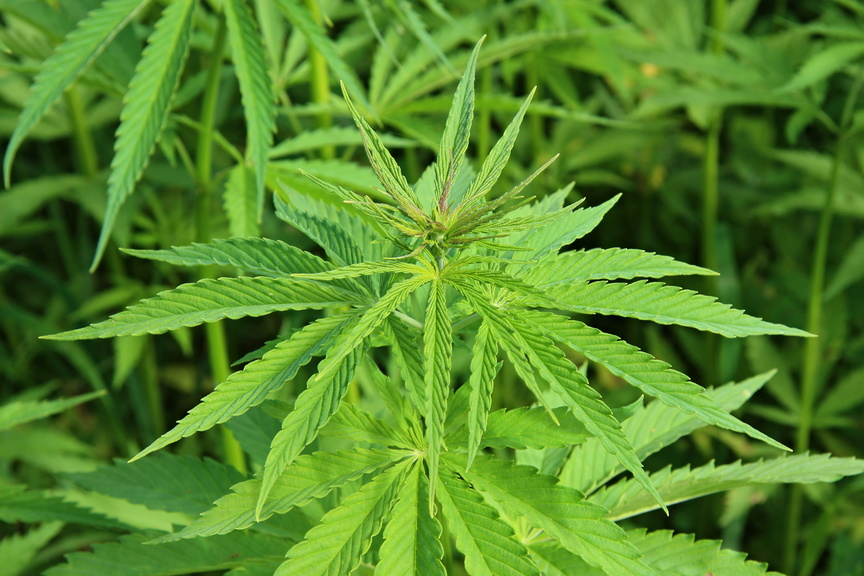
SAN DIEGO–Drug use among youth who were interviewed at Juvenile Hall in 2019 was at 62%, the highest it has been since 2000, according to a new SANDAG report, 2019 Juvenile Arrestee Drug Use in the San Diego Region.
Almost three-fourths of youth surveyed reported trying alcohol, tobacco, and marijuana, the drugs most commonly known as gateway drugs. Marijuana was most often reported as the first substance tried and the mean age of first use of a gateway drug was around 13-years-old.
While marijuana was the most frequently tried substance, 86% of youth interviewed reported using alcohol, and 70% reported tobacco use. Sixty-one percent of youth also reported binge drinking alcohol, defined as consuming five or more drinks for males and four or more drinks for females on one occasion.
Other notable report findings include:
- Prescription drug abuse was down among youth in 2019, with 41% who reported ever taking a prescription drug they were not prescribed, the second lowest rate in the past five years.
- Fifty percent of youth reported prescription drugs were “Very Easy” or “Easy” to obtain, down from 70% in 2017.
- Interviewees reported using marijuana an average of 14.7 days out of 30, with 91% reporting that marijuana was “Easy” to obtain
- Seventy-six percent reported having ever tried vaping. Of those who have tried vaping, about 59% had done so in the past 30 days, 49% had vaped at school, and 59% did not think vaping was harmful. The most common substances vaped included flavored nicotine and marijuana/THC.
“Over the course of this study, fewer youth have been booked into Juvenile Hall, and those who were booked reflect the youth in our community with the greatest level of need,” said SANDAG Research and Program Management Director Dr. Cynthia Burke. “The good news is we saw less abuse of prescription medicine. The goal of this examination is to provide parents, educators, prevention specialists, and other community organizations with up-to-date statistics to support the needs of our youth so they can develop into healthy adults.”
These statistics and others regarding youth substance use and other risk behaviors are compiled annually through the Substance Abuse Monitoring (SAM) program. The SAM program focuses on individuals who are arrested and booked into local detention facilities.
Subjects are interviewed within 48 hours of their arrest and asked in an anonymous and confidential interview about their substance use history and other risky behaviors.



